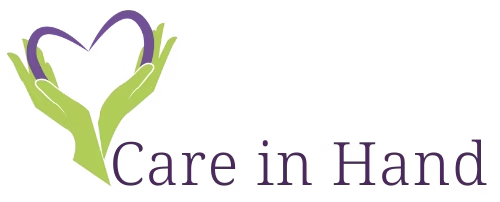Medical emergencies don’t warn before they strike. Whether it’s a fall, burn, choking episode, stroke, or heart attack, those first moments often determine outcomes. But beyond immediate life-saving action, first aid knowledge offers more: confidence, calm, and resilience for families and carers.
The Stakes: Why First Aid Matters
A stroke’s outcome heavily depends on “time lost = brain lost.” In many cases, the first bystander is a family member, and their prompt action can be life-saving.
Accidents at home — falls, scalds, choking — remain among leading causes of injury for older adults.
In Wales and the UK, emergency services are stretched; early, well-informed action can make the difference.
Knowledge as Empowerment
Learning first aid does more than train hands and mouths. It:
-
Reduces fear and indecision
-
Helps carers stay composed under pressure
-
Builds a culture of safety in the home
-
Enables quicker transitions to professional care
A case: Mrs. Singh, an older adult with heart disease, collapsed. Her caregiver, having recently completed a first aid course, began CPR, managed the airway, and communicated clearly to paramedics — ultimately improving her survival odds.
Barriers in Practice
-
Fear of doing harm → hesitation
-
Skills decay: people forget steps if they don’t practice regularly
-
Access: courses may be costly or distant
-
Confidence: knowing when to act vs when to call external help
-
Emotional burden: facing trauma or distress in emergencies
Recommendations for Families & Carers
-
Local training integration: partner with community centres, libraries, or health services to bring first aid into local spaces (low cost or subsidised).
-
Refresher cycles: encourage annual refreshers, micro-practice sessions, and use of apps that simulate scenarios.
-
Safe practice environments: role-playing drills at home (e.g. what to do if someone slips).
-
Digital aids: keep first aid apps, QR code checklists, or voice guided instructions accessible.
-
First aid kit strategy: not just stock, but know items, replacement cycles, and usability under stress.
Advanced Trends & Support
-
Virtual first aid coaching: using AR or guided video calls to support someone in real time.
-
Smart alert systems: integrated sensors that detect falls and alert caregivers while guiding first aid steps.
-
Community first responders: local networks of trained residents who can assist in emergencies.
Conclusion
First aid is an act of care: preparation, training, and response become a buffer between panic and tragedy. For families, caregivers, and communities, investing in first aid literacy is investing in security, confidence, and preparedness.
